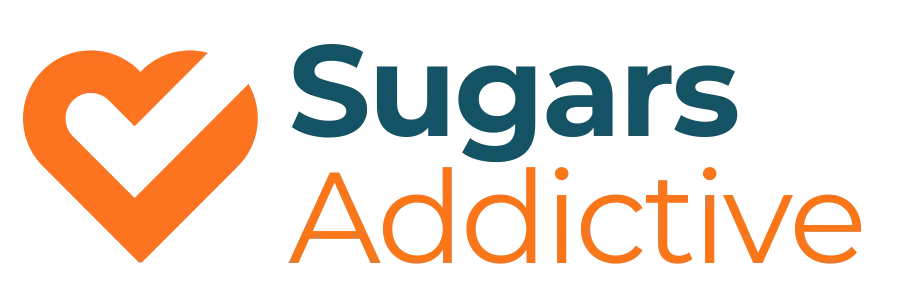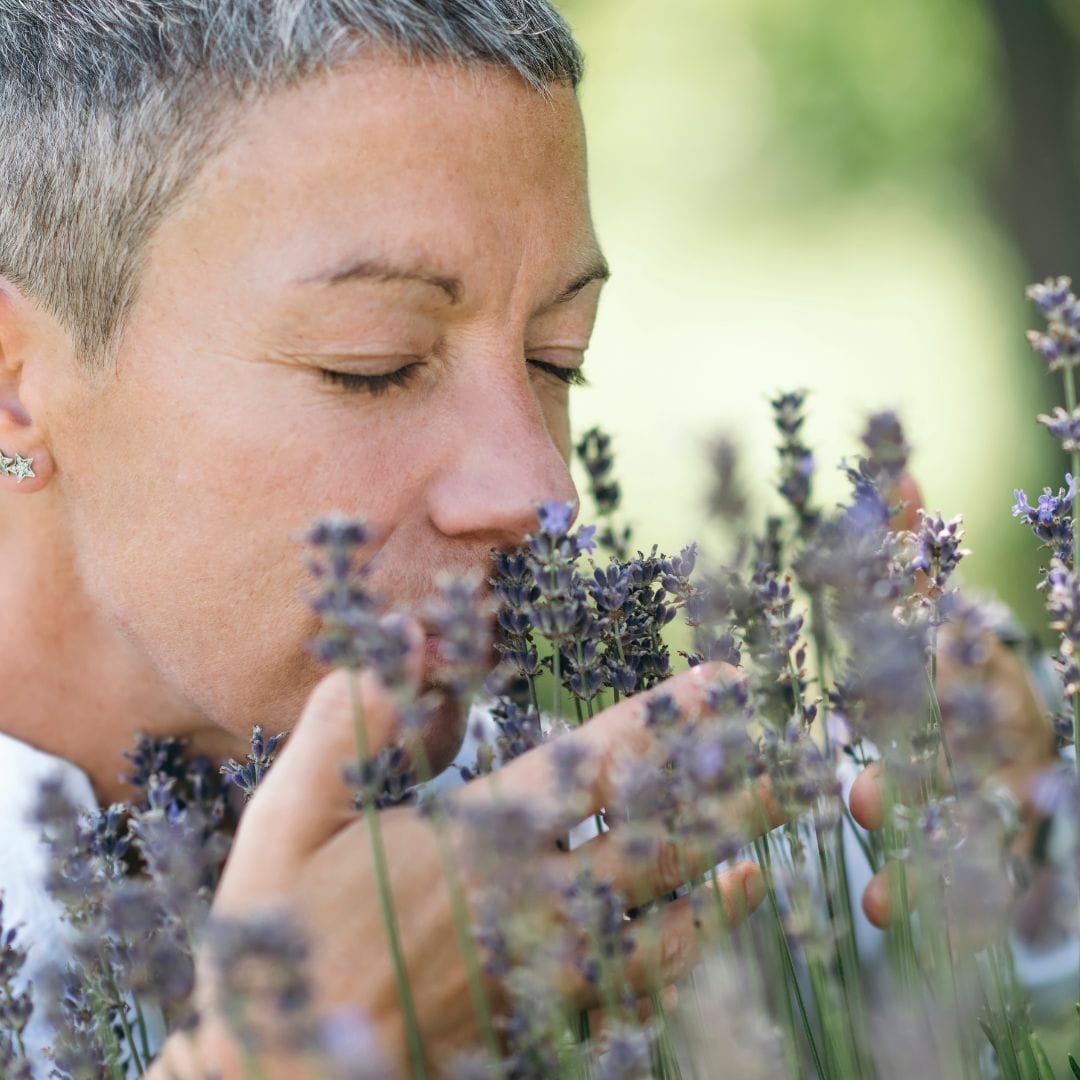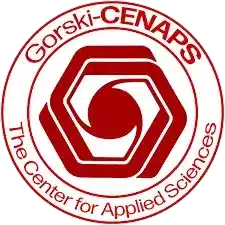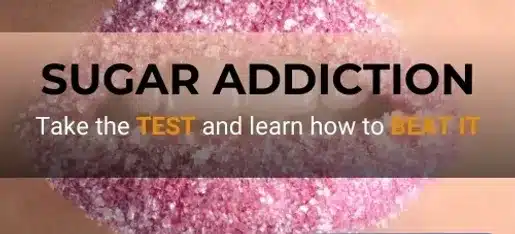This morning, something struck me deeply. I realized just how strong the “reward” requirement has become inside me and how deeply I needed to heal. Whenever there is a task that demands effort, my mind immediately negotiates: “Okay, but what do I get afterward?” It is so automatic, so insistent, it feels as if it’s been wired into me.
And maybe it has been.
I’ve lived a life filled with deep feeling, intense experiences, suffering, and resilience. As someone who has struggled with food addiction and now helps others heal through my platform, Sugar’s Addictive, I understand intimately the neural and emotional ties that bind us. Emotions have always run close to the surface for me — a sensitivity that brings both gifts and burdens. The drive to heal, to help, to move through suffering has defined much of my path. Yet, this persistent need for a “reward” feels like something different. It feels chemical. It feels learned. It feels almost neural.
Neural Pairing: Why My Brain Wants a Cookie After Every Effort
Neural pairing is simple yet powerful: when two experiences happen together repeatedly, the brain wires them together. It’s the classic “neurons that fire together, wire together.” Over time, these pairings become almost automatic. If every hard thing is followed by a soothing reward, the brain stops seeing hard things and rewards as separate.
Growing up, surviving tough emotions, enduring pain — and then reaching for food, comfort, relief — paired suffering with reward. Over decades, these pathways strengthened. They became highways.
Now, even small challenges trigger a longing for something sweet, something numbing, something extra. My brain whispers: “Do this hard thing, and then you get your treat.”
Is it just my personal history? Or is something broader happening to all of us?
Dopamine: The Currency of Desire and Reward
This leads us straight to dopamine. Dopamine isn’t “pleasure” itself, but the chemical of seeking, wanting, and anticipating pleasure. It’s the core of dopamine and motivation, pushing us to get up, chase goals, and work toward rewards.”.
But in our modern world, dopamine is under siege.
Ultra-processed foods — hyper-palatable, sugar-loaded, salt-fat-carbohydrate bombs — hijack our reward systems. Constant stimulation — social media, flashing screens, endless notifications — delivers tiny bursts of novelty and reward at every moment. Our brains are awash in artificial dopamine hits.
Over time, this overstimulation can lead to dopamine downregulation — a condition where our dopamine receptors decrease in number or sensitivity. Simply put, we need more to feel less.
What once felt rewarding no longer satisfies. Hard tasks feel harder. Boredom feels unbearable. Motivation drains away unless a guaranteed reward is dangled before us.
No wonder the “neural pairing” between effort and reward has become so desperate and insistent in me — and maybe in you too.
Ultra-Processed Life: A Chemical Hijacking
We live in an environment our biology never evolved for. Ancient brains in a world of synthetic excess. It’s not just ultra-processed food, but ultra-processed everything: entertainment, relationships, experiences.
When it comes to food, the situation is especially alarming. The processed food industry deliberately engineers products to be addictive, employing teams of neuroscientists who use MRI technology to study exactly what combination of sugar, salt, and fat lights up the brain’s pleasure centers. Figures like Howard Moskowitz, a food industry consultant, pioneered the concept of the “bliss point” — the precise formulation of ingredients that maximizes craveability without triggering satiety. These foods are affordable, easily available, socially acceptable, and extremely profitable — but they come at an immense cost.
They hijack our natural reward systems, teaching our brains to expect intense stimulation from every bite. They don’t just feed us; they fundamentally rewire us, pushing us toward deeper cravings, faster reward cycles, and greater emotional dependency. It destroys lives, not by accident, but by design — crafted meticulously to maximize profit while minimizing the humanity of the people consuming it.
When life is reduced to endless scrolling, snacking, swiping, and sipping, our brains adapt. They become attuned to immediate rewards. Waiting, working, persisting — these old virtues start to feel alien and exhausting.
This isn’t a personal failing. It’s a biological inevitability when ancient wiring meets modern excess.
Yet knowing this doesn’t make the struggle disappear. It makes it understandable. And in that understanding, maybe a sliver of hope appears.
The Two Arrows: Zen’s Lesson on Pain and Suffering
Zen Buddhism offers a metaphor that feels vital here: the teaching of the Two Arrows.
The first arrow is unavoidable pain — the hardships, difficulties, and challenges that life inevitably brings. The second arrow is the suffering we create by resisting that pain, by reacting, by clinging, by judging.
When I feel the crushing need for a reward after any effort, that’s the second arrow. It’s not the task that’s unbearable; it’s the expectation that it must be sweetened by a reward. The craving, the resistance, the mental bargaining — that’s the true source of much of the suffering.
If I could simply do the thing — face the task, allow the effort, without demanding a cookie afterward — I would only feel the sting of the first arrow.
But when my mind insists on a dopamine rush as compensation, I drive the second arrow deep into my own heart.
Before I explore the deeper layers of why this has become so persistent in my own life, I want to share a little of my personal story. Without understanding where I come from, it would be impossible to fully understand why the neural pairing between effort and reward has become so deeply entrenched.
Why Has It Gotten So Bad?
There are many layers to this question.
1. Personal history. I was adopted at six weeks old, and while my adoptive mother loved me, she struggled with her own profound suffering. She was addicted to prescription Valium, often emotionally numb, and carried a history of clinical depression, suicidal ideation, and suicide attempts. Growing up in this environment was bewildering, confronting, and disorientating. Her love and her pain were inseparable, and it confused me deeply. I was damaged by her struggles, yet until I could understand the depth of her suffering, it was almost impossible to make sense of my own pain. These early experiences set down neural pathways where emotional overwhelm and the search for relief were tightly paired. Food, comfort, and later, rewards became the salve for a world that felt emotionally chaotic and unsafe.
2. Modern environment. The constant onslaught of stimulation and ultra-processed pleasures rewired my brain over time, creating a lower baseline of dopamine and a higher need for “extra” to feel normal.
3. Cultural shifts. We live in a society that glorifies instant gratification, glamorizes “self-care” as consumption, and trains us from a young age to associate effort with immediate rewards.
4. Biological adaptation. My nervous system, trying to protect me, learned to associate effort and discomfort with an urgent need for reward. It was adaptive at one point — now it is maladaptive.
How Do We Heal?
Healing begins with compassion. First and foremost, you need to know: this is not your fault. How could it be? These patterns were learned in childhood, under circumstances we had no control over. And then everything around us just got worse. We live in a world designed to exploit these vulnerabilities.
But what has to change now is empowerment. No one is coming to rescue us. If you want to reclaim your life, you must find the way to do it. Explore services to help you heal from food addiction. Awareness is key. Take the SUGAR Assessment to uncover your personal food addiction patterns. Education is key. Practice is key. There is a way through, but it asks for courage, honesty, and persistence.
Healing asks us to:
- Reduce artificial stimulation. Choose whole foods. Create boredom. Allow space.
- Strengthen tolerance for effort without reward. Practice small tasks without dangling a treat afterward.
- Notice the second arrow. When craving arises, see if you can experience it without obeying it. Let it burn and pass.
- Reconnect to natural rewards. Beauty, connection, movement, creativity — these offer slower, deeper forms of satisfaction that support healing food addiction naturally and help rebuild true dopamine sensitivity over time.
- Offer tenderness to the self. This is not a self-improvement project. This is a homecoming.
Final Thoughts
I see now that the insistence on reward after effort is not a personal weakness. It is the result of a lifetime of emotional coping, biological survival, and cultural conditioning.
But it is also an opportunity. An invitation to lay down the second arrow. An opening to live from a different place.
It also invites a deeper question: is it even helpful to label this “addiction”? While the behaviours mirror addiction in many ways, calling it that might carry unintended shame and stigma. What we are dealing with is a deeply human response to overwhelming conditions—an adaptation, not a moral failure. Perhaps it is more empowering to see it as a pattern that was learned, and therefore a pattern that can be unlearned.
A place where life itself — messy, raw, unrewarded life — is enough.
Thank you for walking this path with me.
With tenderness and strength,
Kate
PS. Thank you for being here.
If something in this spoke to you, trust that inner knowing — even if it feels faint or fragile.
Healing is not a race. It’s a return to yourself, one small brave moment at a time.
You are not broken. You are finding your way home.





